Membrane Transporter/Ion Channel
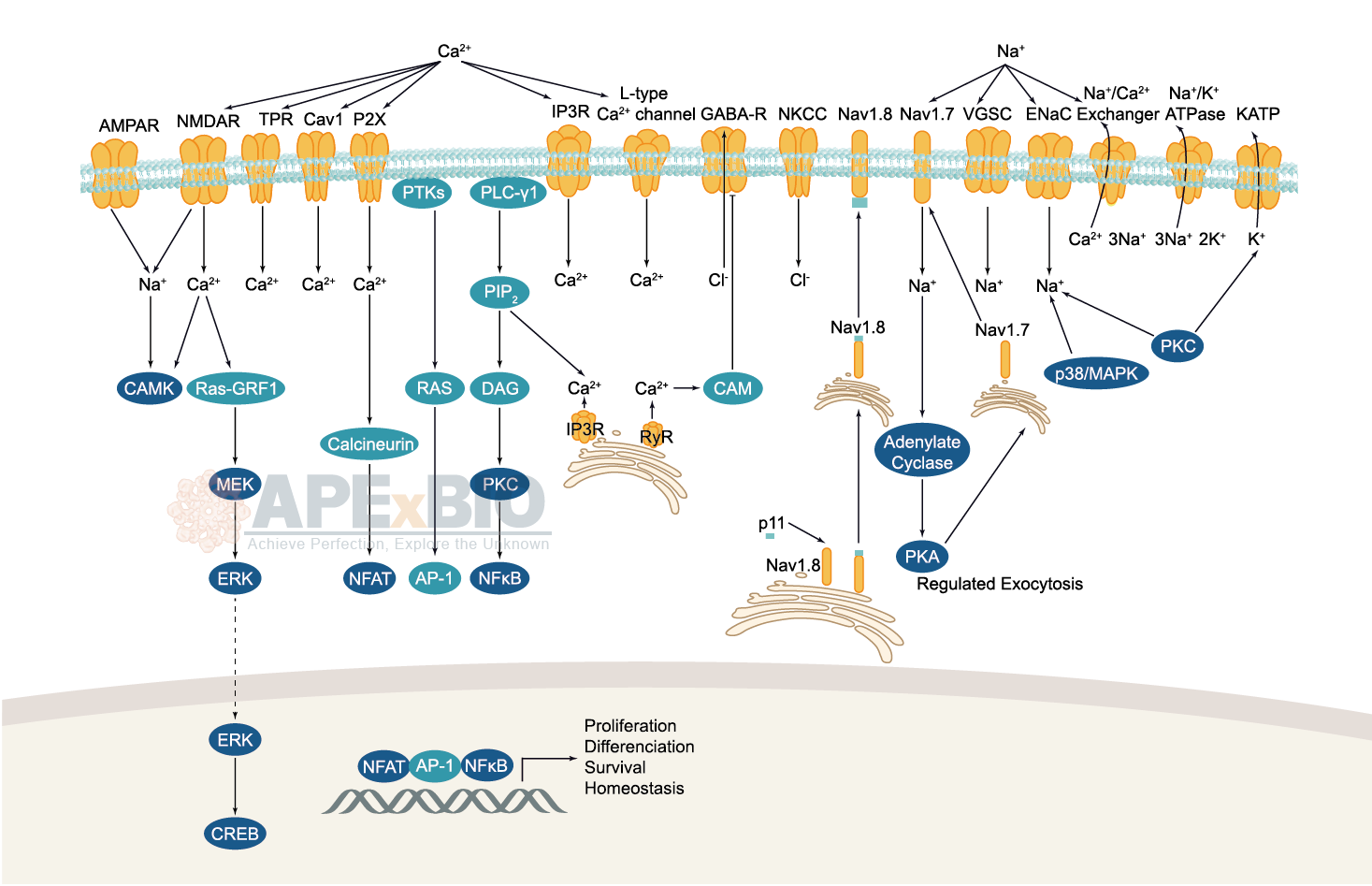
Ion channels are pore-forming membrane proteins which allow the flow of ions across the membrane. The ion channels can be broadly grouped into six families including calcium channels, chloride channels, potassium channels, sodium channels, gap junction proteins and porins. Not all ion channels are gated, such as certain type of K+ and Cl– channels, transient receptor potential superfamily of cation channels, the ryanodine receptors and the IP3 receptors, but most Na+, K+, Ca2+ and some Cl– channels are all gated by voltage. Ligand-gated channels are regulated in response to ligand binding (e.g. neurotransmitters signaling). These ligand-gated neurotransmitter receptors are known as ionotropic receptors. Various neurotransmitters couple to ionotropic receptors such as glutamate, acetylcholine, glycine, GABA, and serotonin.
-
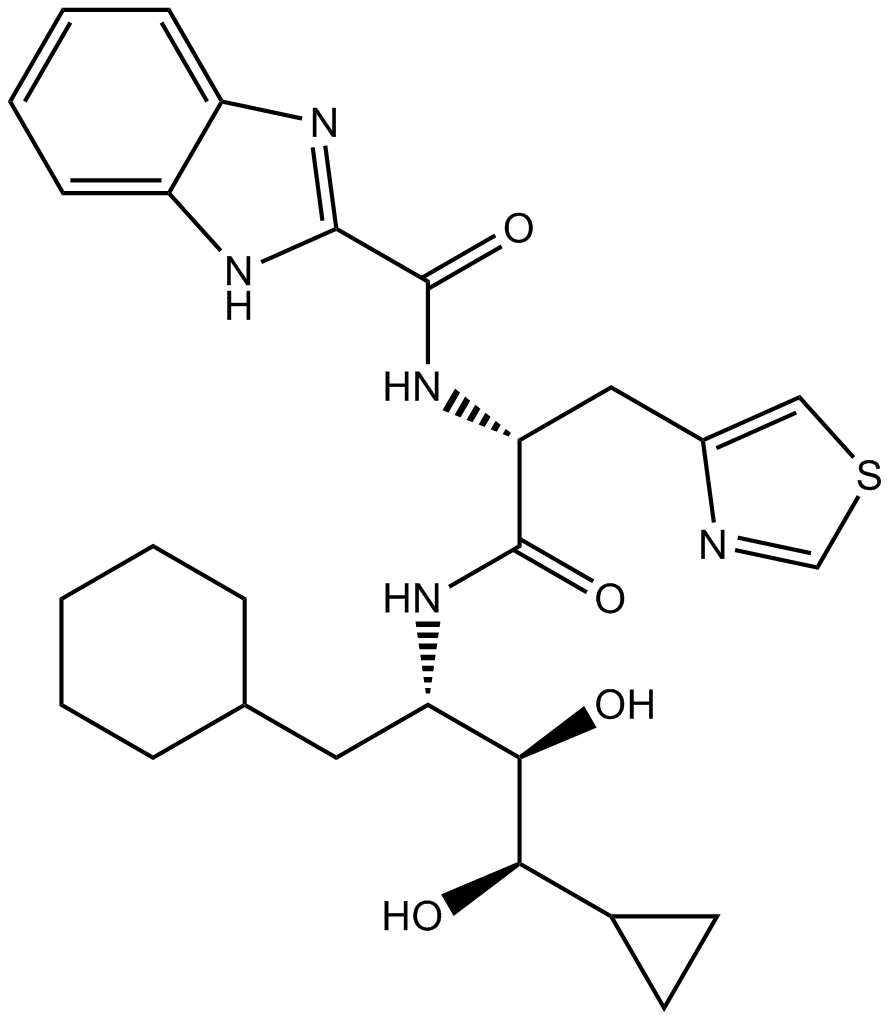 B6964 Ro 0437626Summary: P2X1 purinergic receptor antagonist
B6964 Ro 0437626Summary: P2X1 purinergic receptor antagonist -
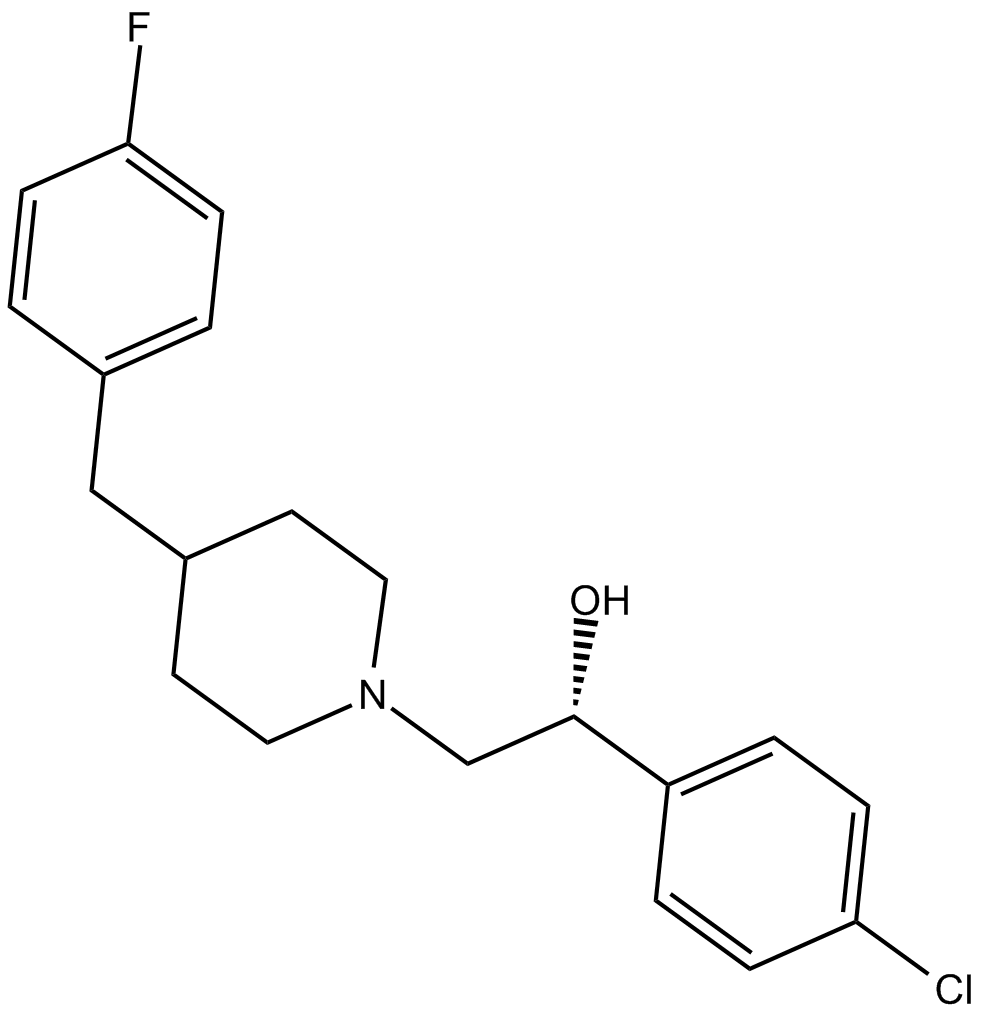 B6968 EliprodilSummary: NMDA receptor antagonist
B6968 EliprodilSummary: NMDA receptor antagonist -
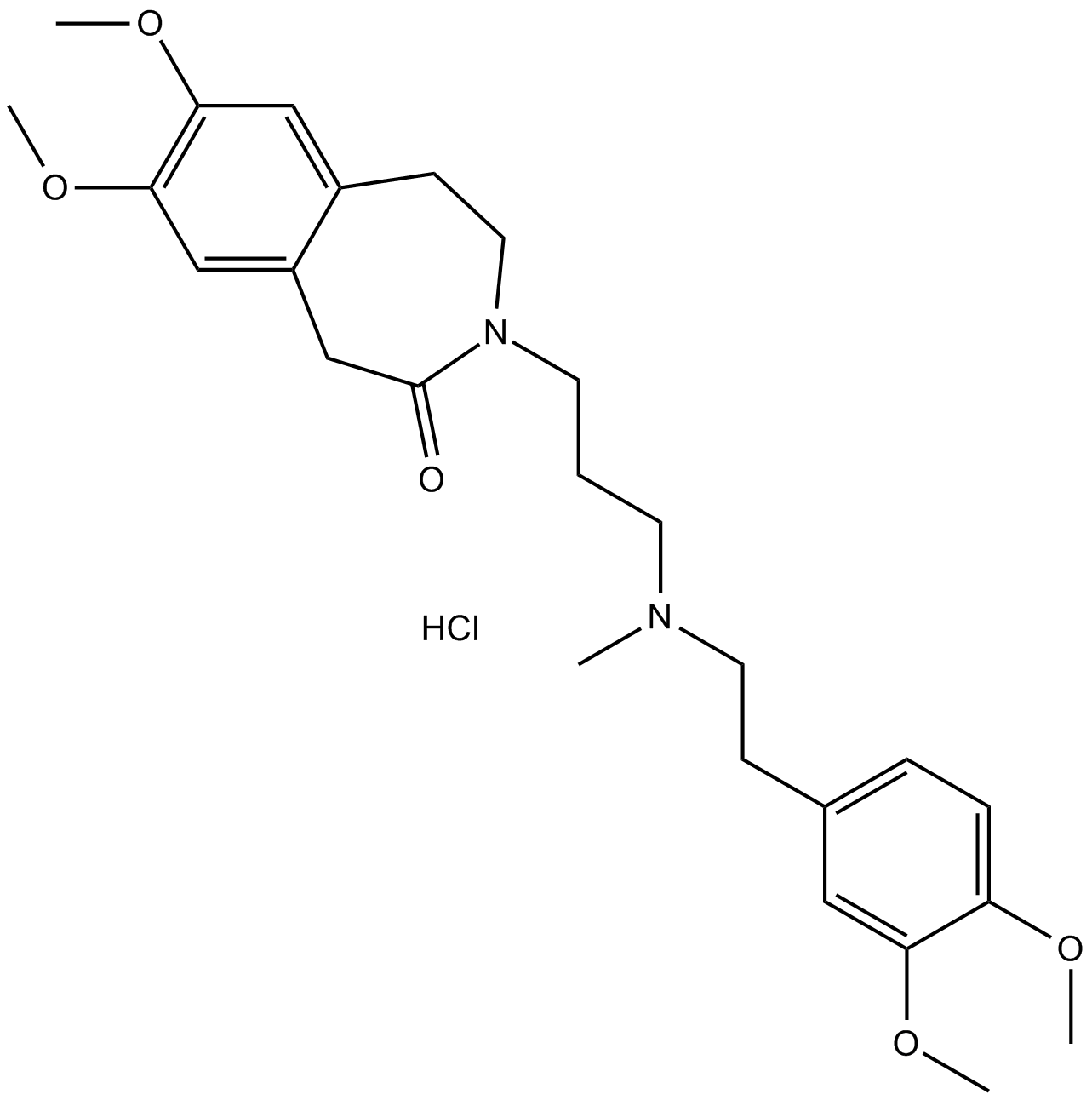 B6974 Zatebradine hydrochlorideSummary: hyperpolarization-activated current If (HCN channel) inhibitor
B6974 Zatebradine hydrochlorideSummary: hyperpolarization-activated current If (HCN channel) inhibitor -
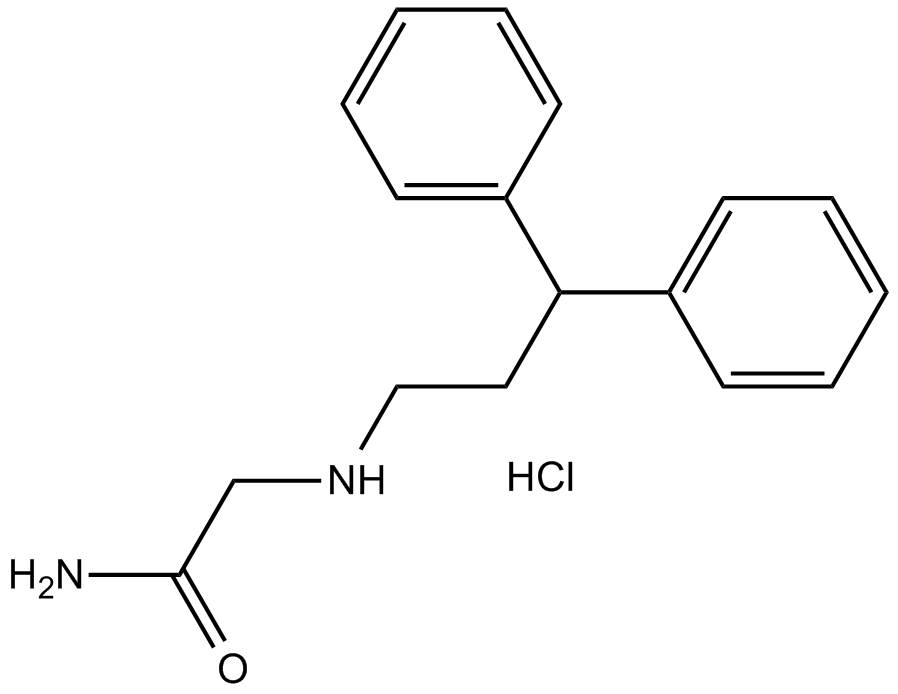 B6980 N20C hydrochlorideSummary: NMDA receptor antagonist
B6980 N20C hydrochlorideSummary: NMDA receptor antagonist -
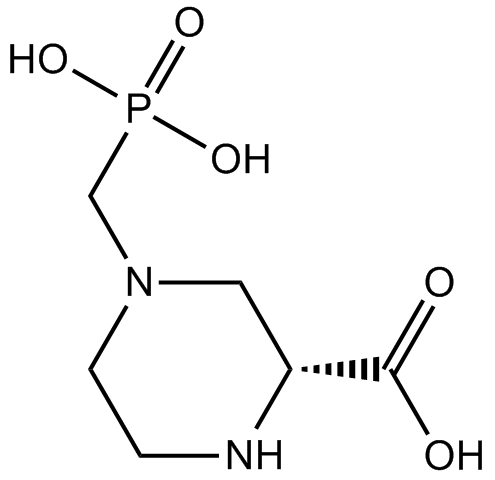 B6997 PMPA (NMDA antagonist)Summary: Competitive NMDA receptor antagonist
B6997 PMPA (NMDA antagonist)Summary: Competitive NMDA receptor antagonist -
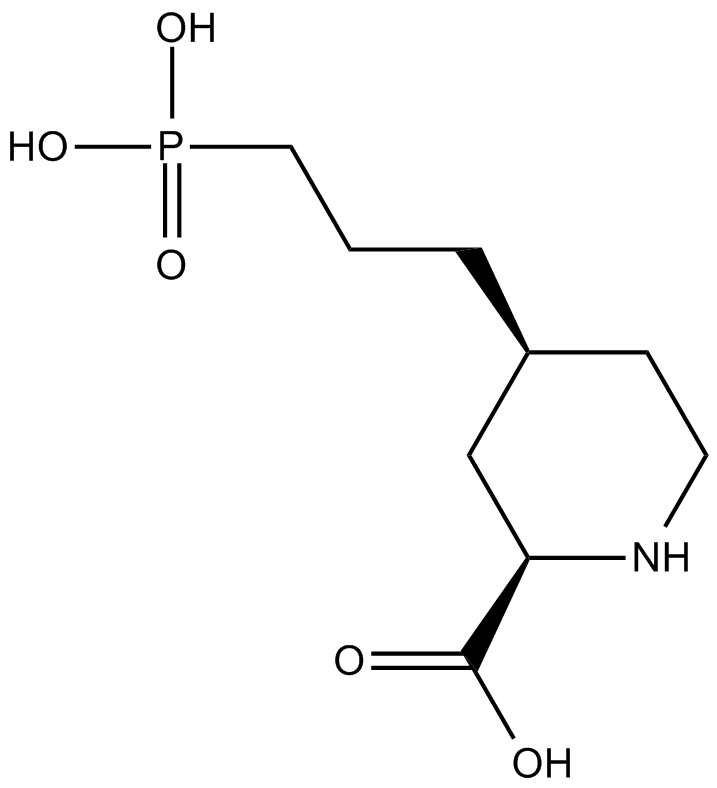 B6998 PPPASummary: NMDA receptor antagonist
B6998 PPPASummary: NMDA receptor antagonist -
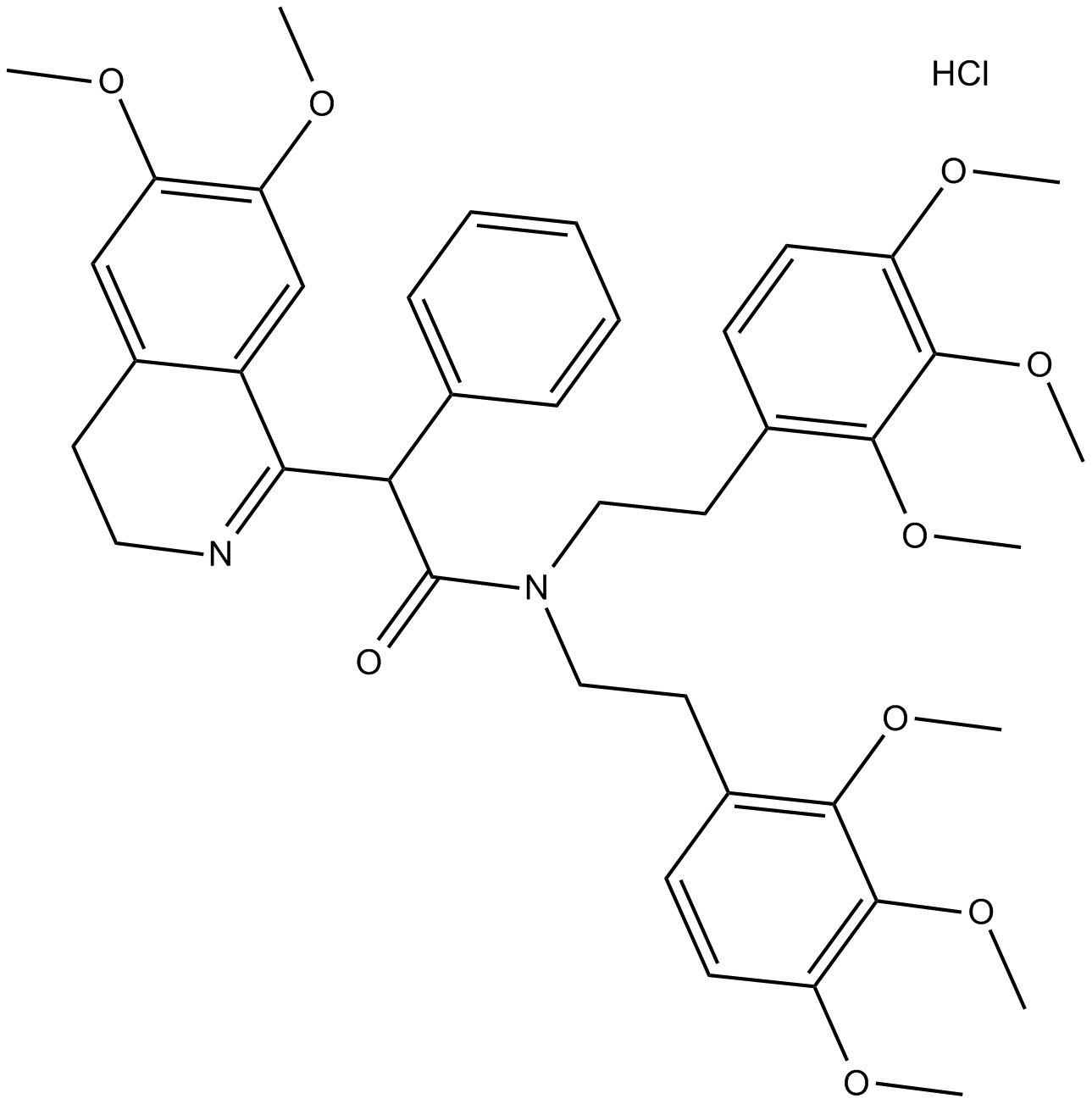 B7016 LOE 908 hydrochlorideSummary: Broad spectrum cation channel blocker
B7016 LOE 908 hydrochlorideSummary: Broad spectrum cation channel blocker -
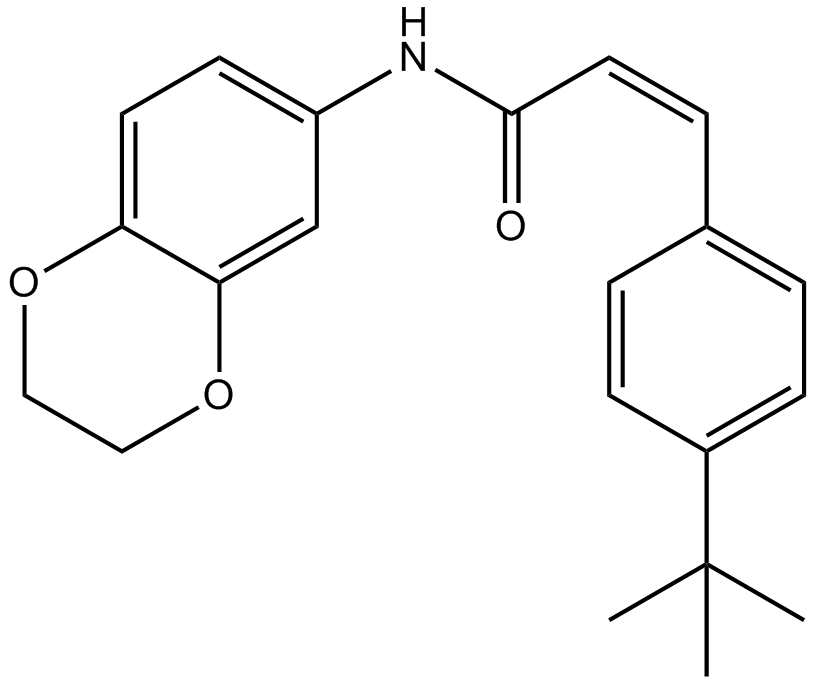 B7018 AMG 9810Summary: TRPV1 antagonist
B7018 AMG 9810Summary: TRPV1 antagonist -
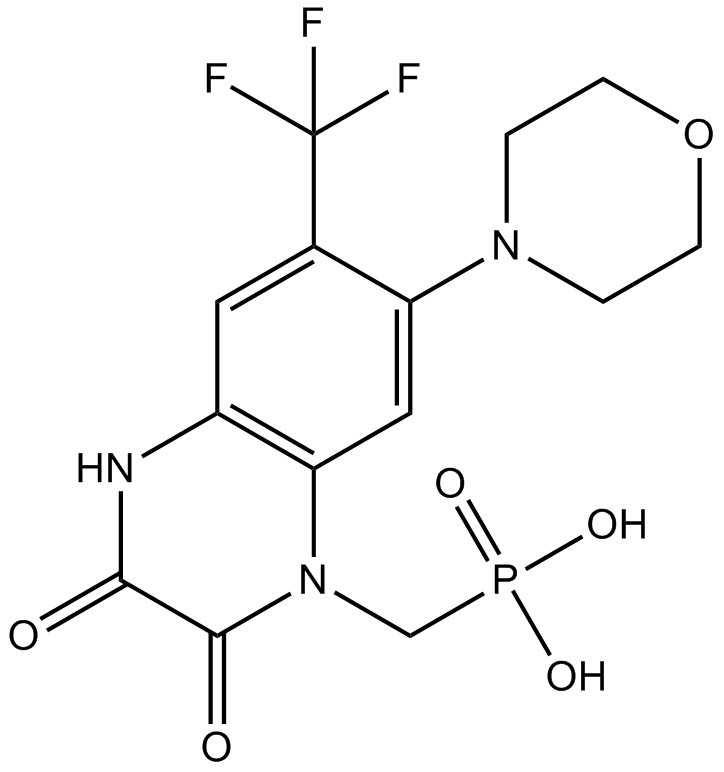 B7028 ZK 200775Summary: Competitive AMPA/kainate antagonist
B7028 ZK 200775Summary: Competitive AMPA/kainate antagonist -
 B7029 GavestinelSummary: NMDA receptor antagonist
B7029 GavestinelSummary: NMDA receptor antagonist

